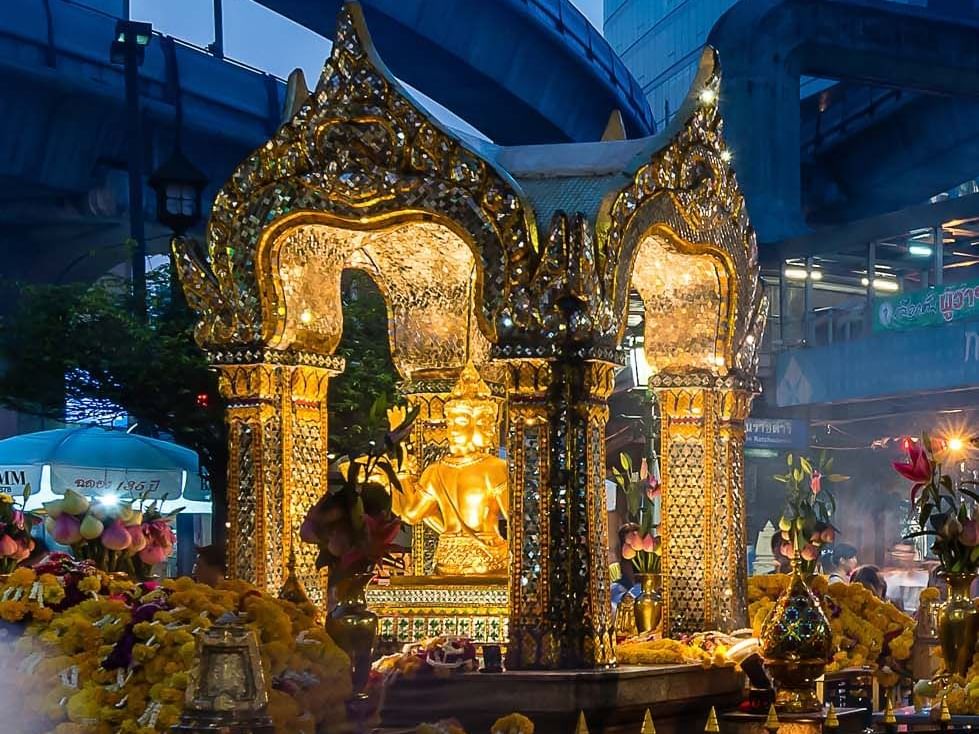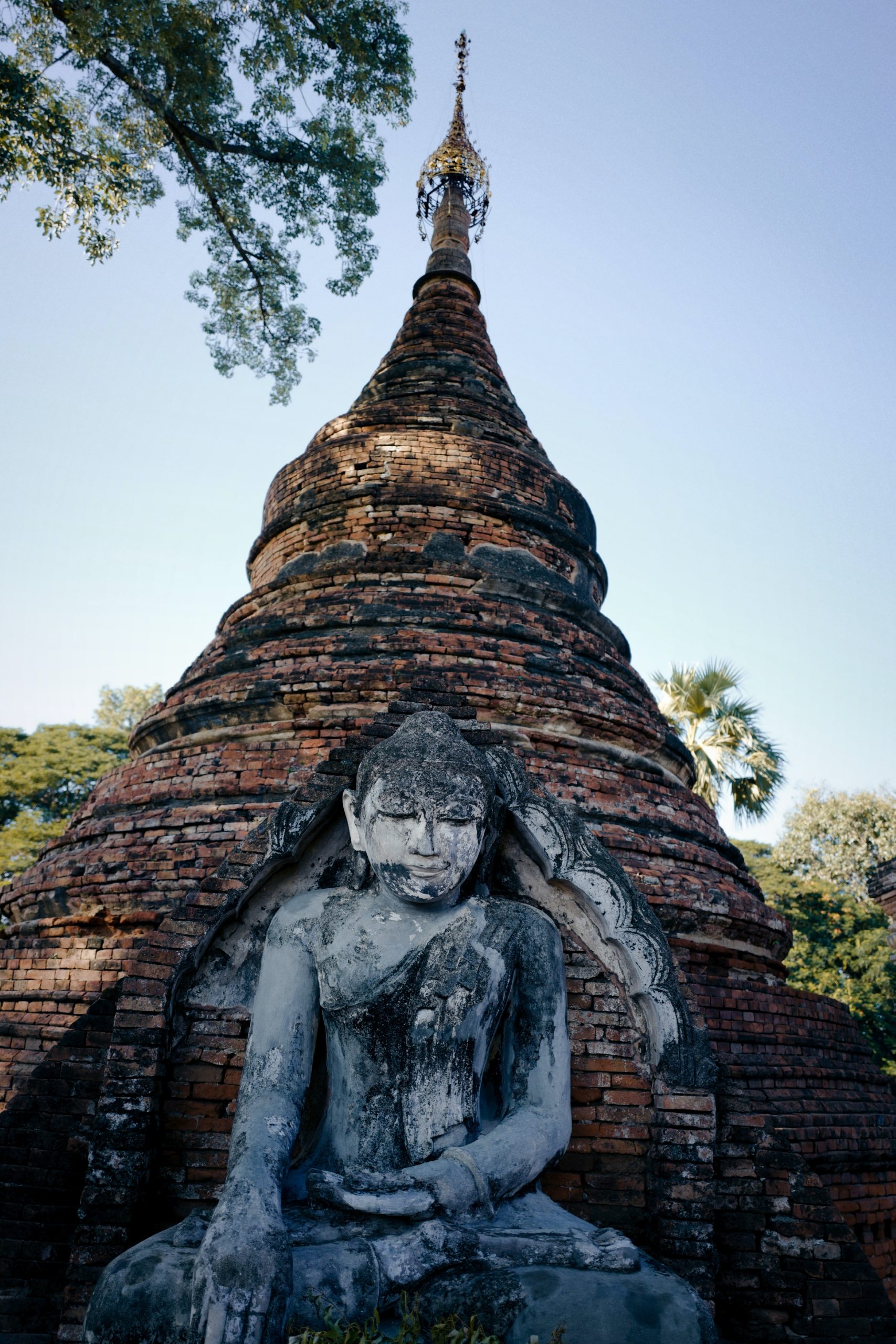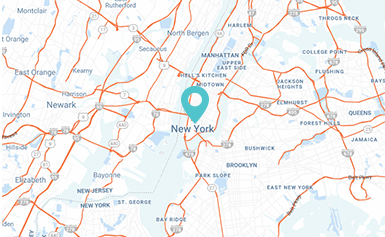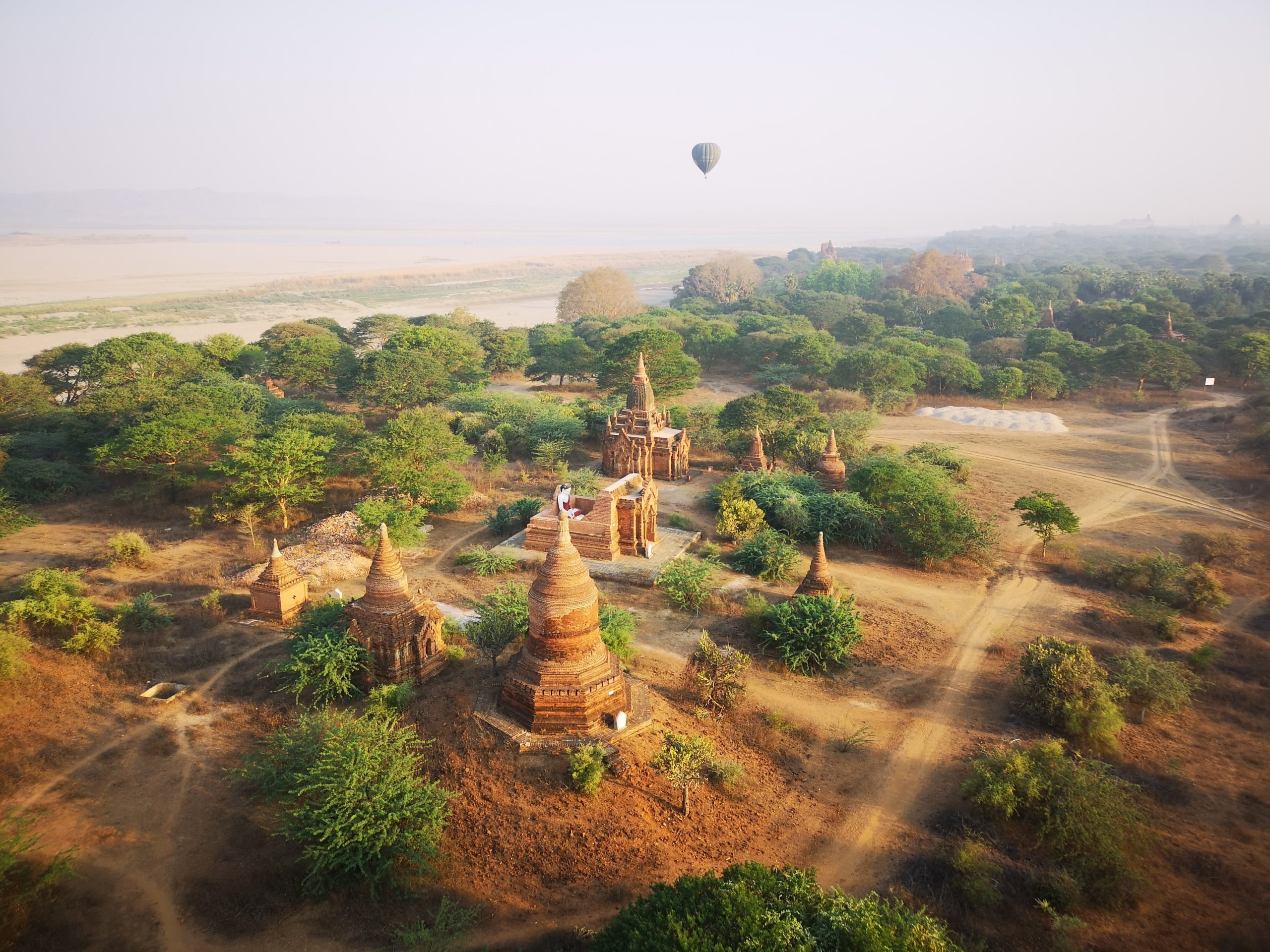The Sacred Journey Through Time: Erawan Shrine History
Welcome to a mystical journey through time as we delve into the rich Erawan Shrine history in the heart of bustling Bangkok, Thailand. Nestled amidst the city’s skyscrapers and shopping malls, the Erawan Shrine stands as a testament to the enduring spirituality and cultural tapestry that defines this remarkable city. Join Green Sun Travel as we uncover the secrets and legends surrounding this sacred haven, and understand why it remains a significant pilgrimage site for both locals and tourists.
As you step into the vibrant, bustling city of Bangkok, it’s easy to become absorbed in the fast-paced urban life. However, hidden amidst the towering skyscrapers and bustling shopping malls, the Erawan Shrine emerges as an oasis of serenity and spirituality. This unassuming Hindu shrine offers a glimpse into a history that transcends the modernity of the city.
A Glimpse into the Past of Erawan Shrine history
The historical roots of the Erawan Shrine history are a fascinating journey into the heart of Bangkok’s spirituality and cultural identity. This sacred place, also known as the Thao Maha Phrom Shrine, traces its origins back to the early 1950s. However, its inception is intimately tied to the construction of the nearby Erawan Hotel, which was mired in a series of perplexing accidents and misfortunes during its development. These untimely events were widely attributed to negative energy, creating a sense of unease surrounding the site.
In response to these ominous occurrences, the Erawan Shrine was erected to counteract the perceived negative forces and to usher in good fortune for the beleaguered Erawan Hotel. It was a spiritual and symbolic effort to cleanse the area of the unfortunate energy that had plagued the construction.
But the story of the Erawan Shrine delves deeper, reaching far beyond the mid-20th century. At its very core, this shrine venerates Lord Brahma, a four-headed deity who holds a revered position in Hinduism. Lord Brahma represents the divine force of creation and the birth of the universe, making his presence in the shrine a symbol of life’s origin and the ongoing cycle of creation and destruction. The worship of Lord Brahma at the Erawan Shrine serves as a spiritual anchor to ancient Hindu beliefs, bridging the gap between the traditions of yesteryears and the bustling modernity of Bangkok.
The shrine’s name itself, “Erawan,” is steeped in myth and legend. It is derived from the mythological three-headed elephant, Erawan, a creature believed to be the favored mode of transportation for Lord Indra, the king of the Hindu gods. This sacred elephant, often depicted with intricate detail, carries with it a sense of mystique, underscoring the deep-rooted connection between legend and spirituality that defines the Erawan Shrine.
In essence, the Erawan Shrine’s history is a tapestry interwoven with threads of ancient belief, mythical symbolism, and a profound connection to the cultural identity of Thailand. It is not just a place of historical interest; it’s a living testament to the enduring traditions and spiritual significance that continue to thrive in the heart of Bangkok.

The Miracle and Rebirth
Perhaps one of the most remarkable chapters in the Erawan Shrine history is the miraculous event that unfolded in 2006. The shrine became the target of a devastating bombing that resulted in the tragic loss of many innocent lives. However, against all odds, the shrine itself remained almost unscathed. This inexplicable protection led to a widespread belief in the shrine’s divine safeguarding.
Following this tragic event, the shrine underwent a transformation. It was rebuilt and expanded, emerging even more ornate and beautifully adorned than before. This experience solidified the shrine’s significance not only in the hearts of Thais but also in the hearts of visitors, making it an emblem of hope and resilience in the face of adversity.
The Cultural Harmony
What further enhances the allure of the Erawan Shrine history is its role as a symbol of cultural and spiritual harmony. Although fundamentally a Hindu shrine, it welcomes people of various faiths and backgrounds. Buddhists and tourists from all corners of the world come to pay their respects, light incense, and make offerings. They seek blessings for their endeavors, personal well-being, and good fortune, making the shrine a testament to the unity and tolerance that defines Thai society.
In the midst of Bangkok’s cosmopolitan chaos, the Erawan Shrine is a sanctuary that reflects the multicultural fabric of Thailand. It showcases the harmonious coexistence of different faiths and cultures, a phenomenon that’s integral to the city’s identity.
In conclusion, the Erawan Shrine is not just a historical site; it’s a living testament to the enduring spirit of Bangkok. It encapsulates a history that spans centuries, a history that intertwines ancient beliefs with contemporary life. When you visit this sacred haven, you’re not merely experiencing history; you’re immersing yourself in the vibrant soul of Thailand, where spirituality, resilience, and cultural diversity converge in perfect harmony.
The Erawan Shrine Today
As you step into the Erawan Shrine today, you’ll find that it has evolved into much more than just a historical landmark. It has transformed into a dynamic and thriving hub of cultural and spiritual activities. The shrine is not merely a relic of the past, but a vibrant center of life in the heart of bustling Bangkok.
Nestled amidst the bustling energy of Bangkok’s commercial center, the Erawan Shrine offers a striking contrast to the modern urban landscape that surrounds it. This sacred haven stands as an island of tranquility amidst the relentless movement of the city. It has become an essential stop for anyone visiting the city, seeking a respite from the fast-paced, often chaotic life of a metropolis.
What truly adds to the shrine’s allure are the daily performances that take place on its grounds. Traditional Thai dances, often accompanied by live music, transport visitors into the heart of Thailand’s rich cultural traditions. These performances not only showcase the beauty of Thai art but also bring a sense of spirituality and reverence to the site. Visitors have the opportunity to experience the living culture of Thailand in a space that has witnessed centuries of tradition.

Conclusion
In conclusion, the Erawan Shrine history is a living testament to the coexistence of ancient traditions and modern spirituality in the heart of Bangkok. It serves as a poignant reminder that culture and faith can harmoniously thrive amidst the rapid pace of urban life. This juxtaposition between the ancient and the contemporary creates a unique synergy, making the Erawan Shrine a must-visit destination.
When you visit this sacred site, you’re not just exploring history; you’re immersing yourself in the enduring soul of Thailand. The shrine transcends time and space, serving as a bridge between the past and the present, the ancient and the modern. It encapsulates the spirit of a city that has managed to preserve its cultural heritage even as it hurtles forward into the future.
So, as you plan your next journey to Bangkok, don’t forget to include a visit to the Erawan Shrine. The divine energy, cultural significance, and fascinating history of this sacred haven await you. It’s a journey through time and spirituality that you won’t want to miss, a place where history, legend, and modern life converge in perfect harmony. When are you embarking on your own sacred journey to the Erawan Shrine?








Създаване на личен профил
Thanks for sharing. I read many of your blog posts, cool, your blog is very good.
March 23, 2024 at 8:19 am
Pembuatan Akun Binance
Can you be more specific about the content of your article? After reading it, I still have some doubts. Hope you can help me.
April 13, 2024 at 5:02 pm
registrera dig f"or binance
Thanks for sharing. I read many of your blog posts, cool, your blog is very good.
April 16, 2024 at 4:48 pm